Contract trading is a type of financial derivative trading that allows investors to trade contracts based on market fluctuations, choosing to buy long or sell short, thus gaining from price volatility. For beginners, entering the field of contract trading may feel unfamiliar and full of challenges. This article aims to provide beginners with a comprehensive and in-depth guide to getting started, combining the basic knowledge, operational strategies, risk control, and characteristics of different products in contract trading.

I. Basic knowledge of contract trading
1. Definition of contract trading
Contract trading refers to the trading of an agreement between buyers and sellers to receive a certain quantity of an asset at a specified price at a future date. This trading method allows investors to leverage their investments, but it also comes with high risks.
2. Types of contract trading
Contract trading is mainly divided into futures contracts and perpetual contracts. Futures contracts have fixed delivery dates, and physical delivery or cash settlement must occur at expiration. Perpetual contracts, on the other hand, have no fixed delivery date and can be held indefinitely until the investor chooses to close the position.
3. Basic operations of contract trading
In contract trading, investors can perform two operations: opening a position (buying or selling a contract) and closing a position (selling or buying a held contract). When opening a position, investors need to choose the trading variety, contract type, trading direction (going long or short), trading quantity, and leverage. When closing a position, investors need to choose the right time to exit the market based on market conditions.
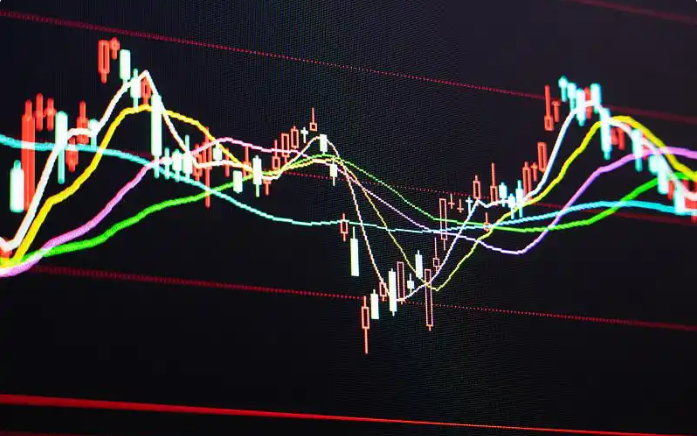
II. Beginner entry strategies
1. Choose a secure trading platform
For beginners, choosing a secure, stable, and reliable trading platform is the top priority. When selecting a platform, attention should be paid to the platform's regulatory status, fund security, trading varieties, fees, and user experience. It is also advisable to refer to the evaluations and feedback from other investors to ensure the chosen platform meets one's needs.
2. Learn about contract trading knowledge
Before officially entering contract trading, beginners should take time to learn relevant knowledge. This includes understanding the basic principles of contract trading, operational rules, risk control methods, and market analysis methods. Learning can be done through reading relevant books, participating in online courses, and watching instructional videos.
3. Develop a trading plan
Before engaging in contract trading, beginners should develop a detailed trading plan. This includes determining trading objectives, risk tolerance, trading varieties, leverage, take-profit and stop-loss points, and trading times. Developing a trading plan helps beginners stay calm and rational, avoiding blind following and impulsive trading.
4. Start with small-scale trading
As a beginner, it is recommended to start with small-scale trading to gradually build experience and confidence. During the trading process, attention should be paid to market dynamics and price trends, adjusting trading strategies in a timely manner. At the same time, it is also important to learn to control positions and risks to avoid over-trading and heavy positions.
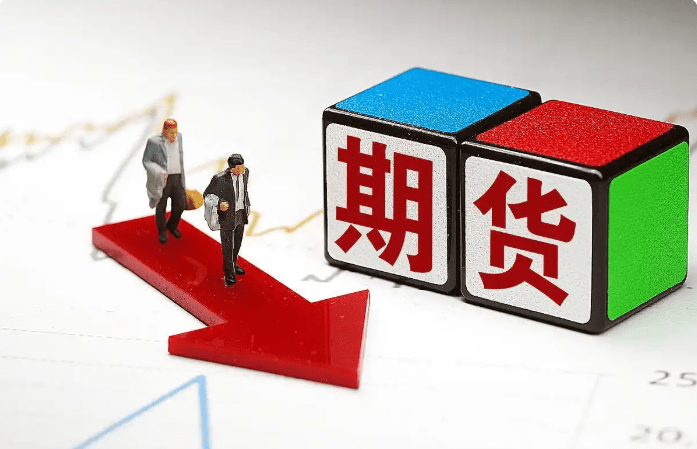
III. Trading strategies for different products
(I) Cryptocurrency contract trading
Cryptocurrency contract trading is a new type of contract trading that has emerged in recent years. It is based on cryptocurrencies such as Bitcoin and Ethereum, allowing investors to trade based on market fluctuations. For beginners, cryptocurrency contract trading features low barriers to entry, simple operations, and flexible trading times, but the price volatility of cryptocurrencies is relatively high, leading to higher risks.
Strategy recommendations:
1. Pay attention to the dynamics of the cryptocurrency market and price trends, and understand fundamental and technical analysis methods.
2. Choose contract varieties with high trading volume and good liquidity for trading.
3. Set reasonable take-profit and stop-loss points to avoid blindly chasing prices.
4. Control positions and risks to avoid heavy positions and over-trading.
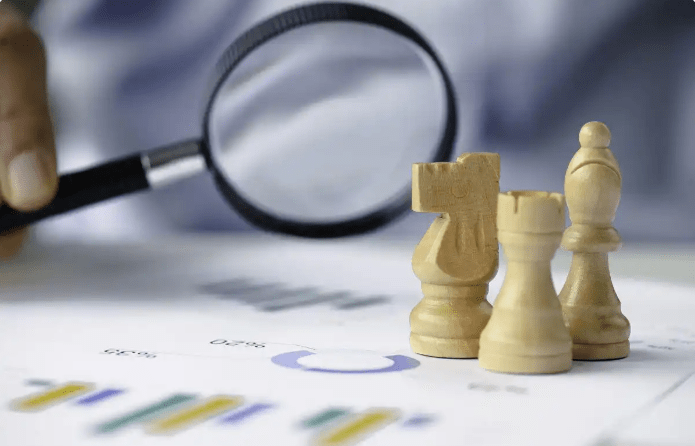
II) Commodity futures contract trading
Commodity futures contract trading is a method of contract trading based on bulk commodities (such as crude oil, gold, copper, etc.) as the underlying asset. This trading method allows investors to trade based on market fluctuations while also allowing for physical delivery. For beginners, commodity futures contract trading features a wide variety of products, high trading volume, and good liquidity, but the price fluctuations of bulk commodities are influenced by various factors (such as supply and demand relationships, policy changes, etc.), and the risks are relatively high.
Strategy recommendations:
1. Pay attention to the price trends of bulk commodities and perform fundamental analysis (such as supply and demand relationships, policy changes, etc.).
2. Choose contract varieties with high trading volume, good liquidity, and moderate price fluctuations for trading.
3. Set reasonable take-profit and stop-loss points to avoid blindly chasing prices.
4. Control positions and risks to avoid heavy positions and over-trading.
5. Understand the rules and processes of physical delivery for when delivery is needed.

(III) Stock index contract trading
Stock index contract trading is a method of contract trading based on stock indices (such as CSI 300, NASDAQ 100, etc.) as the underlying asset. This trading method allows investors to trade based on market fluctuations while also allowing for cash settlement. For beginners, stock index contract trading has low barriers to entry, simple operations, and flexible trading times, but the price fluctuations of stock indices are influenced by various factors (such as macroeconomic data, policy changes, etc.), and the risks are relatively high.
Strategy recommendations:
1. Pay attention to stock index market dynamics and price trends, and understand fundamental and technical analysis methods.
2. Choose contract varieties with high trading volume, good liquidity, and moderate price fluctuations for trading.
3. Set reasonable take-profit and stop-loss points to avoid blindly chasing prices.
4. Control positions and risks to avoid heavy positions and over-trading.
5. Understand cash settlement rules and processes for when settlement is needed.
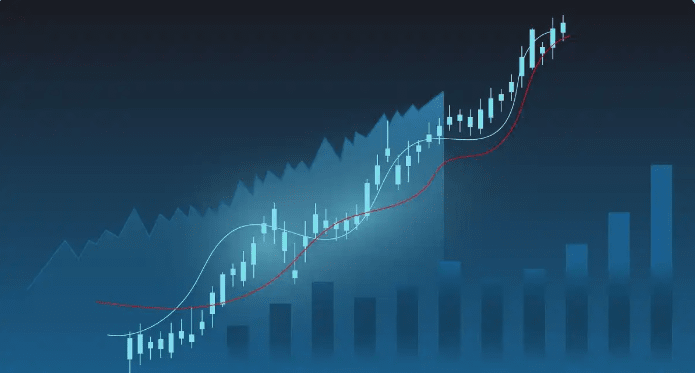
IV. Risk control and mindset management
1. Risk control
Contract trading is highly risky, so risk control is crucial. Beginners should set reasonable take-profit and stop-loss points to avoid blindly chasing prices. They should also control positions and risks to avoid heavy positions and over-trading, while keeping an eye on market dynamics and price trends to adjust trading strategies in a timely manner.
2. Mindset management
Contract trading requires maintaining calmness and rationality, avoiding being swayed by emotions. Beginners should maintain a good mindset while conducting contract trading, avoiding making wrong decisions due to greed or fear. They should also learn to accept losses and failures, summarize experiences, and continuously improve their trading skills.
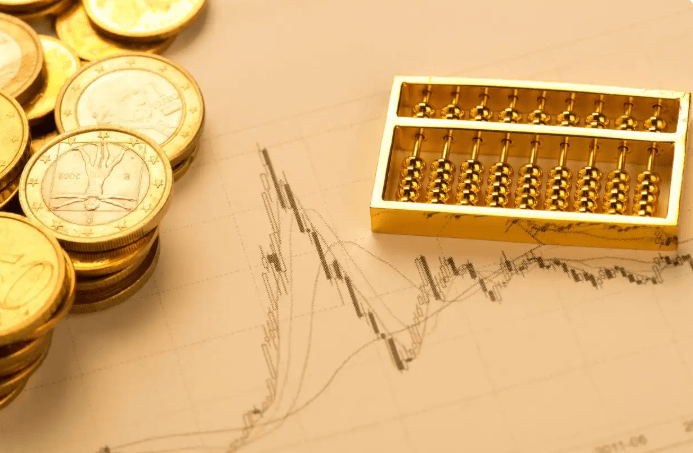
V. Conclusion
Contract trading is a high-risk, high-reward investment method that is both challenging and full of opportunities for beginners. By understanding the basic knowledge of contract trading, operational strategies, risk control, and the characteristics of different products, beginners can better get started and master the skills and methods of contract trading. Staying calm and rational, continuously learning, and accumulating experience are also key to successfully conducting contract trading.
I am Ah Yue, focusing on analysis and teaching, a mentor and friend on your investment journey! May everyone investing in the market sail smoothly. As an analyst, the most basic thing is to help everyone make money. I will help solve confusion, stuck positions, and provide operational advice. When you feel lost and don't know what to do, look at Ah Yue (homepage) to guide you in the right direction.

